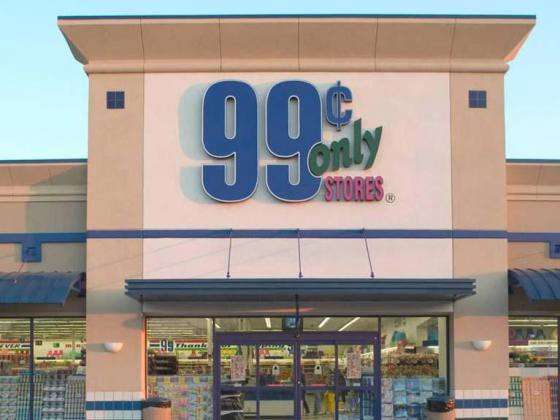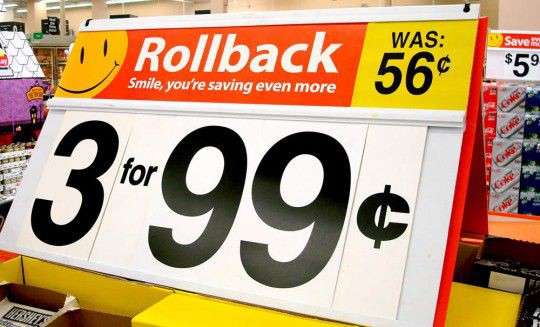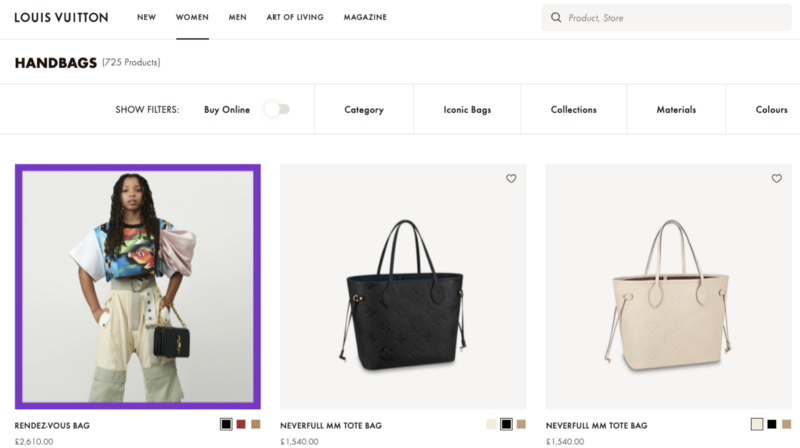Which of the products below do you think someone would be more willing to buy? If they saw the hats independent of one another, people would probably choose the hat priced at $29.99 rather than the same hat priced at $28.00.
Why? Because people don’t evaluate prices rationally — and prices that end in .99 are more persuasive than round numbers. Persuasive pricing is more influenced by psychology than you might realize.

Source: Created by author; Original photo via Unsplash by @claritycontrol
Behavioral science teaches that we don’t actually know what motivates us to make certain choices — including deciding whether a price is “good.” We’re more influenced by how choices are presented than we realize, and price is a big part of that presentation. As Leigh Caldwell, author of The Psychology of Price put it:
“It turns out that psychology is one of the main influences on successful pricing… the right psychological approach can increase revenues by more than 200%.”
You might think pricing should be rational, based on hard facts like the cost to produce the product. But just like people, pricing is irrational and more psychology-driven than most people think. One psychological principle that can help us price effectively is Odd-even pricing.
What is Odd-even pricing?
Odd-even pricing describes prices that end in odd numbers, like $0.99. It’s a form of psychological pricing built on our brains’ cognitive biases and reliance on heuristics to make buying decisions. In fact, odd-even pricing is so compelling that in the U.S., there’s an entire retail chain called “99-cent Only Stores”.

Source: Google Images
The use of odd-even pricing, while not universal, is pretty prevalent. An analysis of advertisements revealed that odd price endings (the right-most number) outnumbered all other price endings. Approximately 90% of prices ended in odd numbers — specifically either a 9 or a 5.
Does Odd-even Pricing work?
Odd-even pricing has been proven to increase demand for many types of products. In one experiment, six products were tested to see if odd price endings could increase demand. Every product saw some increase in demand, but interestingly, the effect was particularly pronounced for lower-priced items like cheese, chicken, and chocolates.
Several researchers have hypothesized about why this psychological pricing strategy works. For example, some have suggested that this preference for Odd-even pricing is built on the Anchoring heuristic. People judge the total price by the first digit because they’ve anchored on this number.
Other studies have examined how odd prices, specifically those that end in a “9,” can make the customer feel positive and increase the likelihood of making a purchase. But this effect is most potent when these odd prices are paired with positive messages.
Real World Examples of Odd-even Pricing
1. Walmart: Classic Odd-even pricing
Walmart relies on Odd-even pricing to make sure that its Rollbacks and Every Day Low Price offers catch customers’ attention.

Source: Google Images
Although this type of pricing isn’t exclusive to Walmart, it’s been proven to increase product demand. It can also shape customer perceptions around value.
2. Louis Vuitton: Choosing not to use Odd-even pricing

Source: LouisVuitton.com
Luxury retailers often avoid using Odd-even pricing, because it’s associated with value products. Louis Vuitton uses round number pricing, like its £2610.00 Rendez-vous bag, because it makes items seem more expensive and therefore more attractive to its target customer.
3. Target: The price is Odd-even, but the free gift card isn’t

Source: Google Images
Target’s price tag for their Dyson vacuum is an ingenious use of both Odd-even pricing and non-Odd-even pricing. The price of the vacuum is Odd-even because it ends in a nine. That makes sense because Target wants the price to seem low and therefore attractive. But the gift card customers get for buying the vacuum doesn’t use odd-even pricing. Why? Target wants to make it feel like you’re getting the biggest gift with purchase possible.
🚀 Learn what makes buyers tick
Join 8k+ of world's best marketers from brands like Disney, Coca-Cola, Google who are learning marketing psychology in <5 mins a week.
The Bottom Line
While Odd-even Pricing has been proven to create sales impact, it’s still important to experiment with this pricing method before committing to it full force. It’s become conventional wisdom, but that doesn’t mean it works in every case.
For example, when Petco — the American pet supplies retailer — started experimenting with pricing, they found that the best price by far for a quarter pound of a product sold by weight ended in $0.25. Not the Odd-even approach of ending the price in a nine. Given everything that the evidence tells us about Odd-even Pricing, that doesn’t make sense. John Rhoades, the former director of retail analytics for the brand put it this way:
“This broke a rule in retailing that you can’t have an ‘ugly’ price.”
Upon seeing the results, executives at Petco were skeptical. They knew that Odd-even pricing was incredibly effective, but also knew that for many reasons it might not be a good fit for a bulk product sold by weight. They trusted the experiment’s results and sales jumped more than 24% in six months.
The point? Although Odd-even pricing is a proven approach but as with all applications of psychology in business contexts, you need real-world feedback to confirm if it will work for you.
